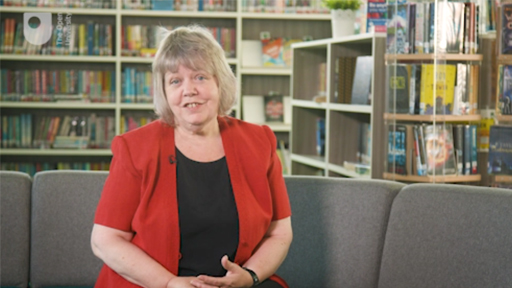3 Reviewing your performance and that of your library
As you have looked at so far in this session, evidence gathering is invaluable to instil confidence in the findings of your reports. This is especially true when it comes to your annual report and reviews of your performance. Having data and information to show as evidence for your areas of success and those which need improvement, ensures that you and your line manager can reflect on the previous year and, moving forward, shape your aims and objectives in accordance with the school’s policies. When considering your future goals, you should ensure that they are SMART: Specific, Measurable, Assignable, Realistic and Time-Related. Each goal must, therefore, be well defined and unambiguous (specific), have an indicator against which success can be judged (measurable), specify who will be responsible for achieving it (assignable), be achievable (realistic), and have a deadline or timescale (time-related).
When it comes to your annual report, an ability to demonstrate engagement with evidence gathering can support your claims and requests, equipping you with facts necessary to safeguard yourself against any possible criticism. Likewise, being able to substantiate your achievements will strengthen your position, demonstrate a level of strategic management and professionalism, and help both you and your line manager in your annual appraisal. These are just some of the ways you can use evidence gathering to review your performance and that of your library.
Now watch Video 3 in which Sarah discusses the value of evidence in your annual report in more detail. After you have done this, think about how you’ve used evidence in the past when reviewing your library’s performance.

Transcript: Video 3
Activity 3
Provide two examples of how you’ve used evidence to evaluate your performance and identify new objectives.
Discussion
Below is an example of how you might have used feedback and LMS data relating to school staff:
Using LMS data on staff borrowing statistics or feedback from teachers on the quality of your subject-specific resources can help you identify the extent to which your library is meeting colleagues’ needs. In turn, this information can help you identify areas for improvement and formulate a strategy for the future.
